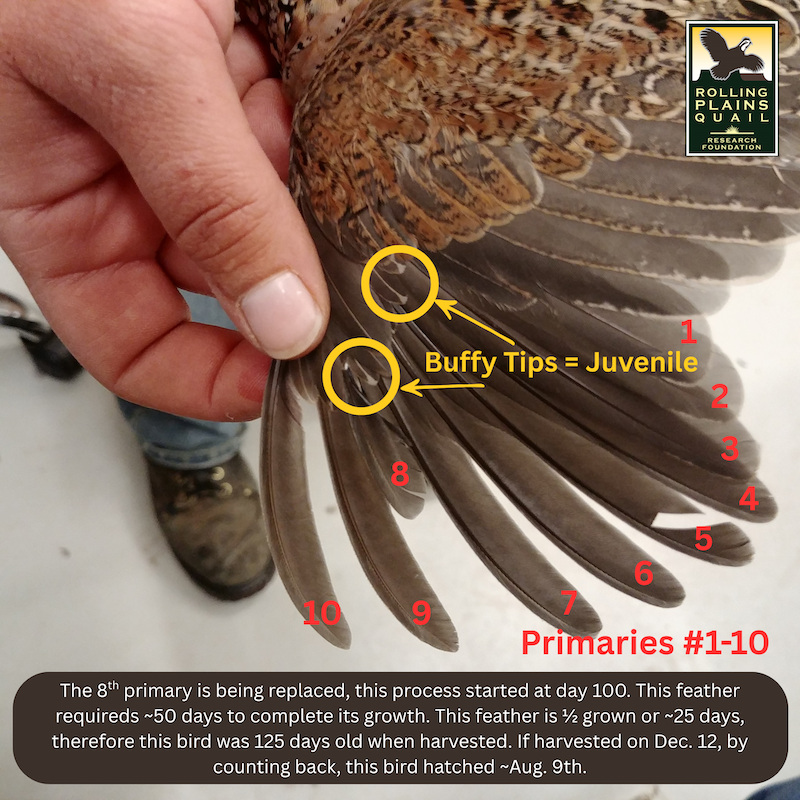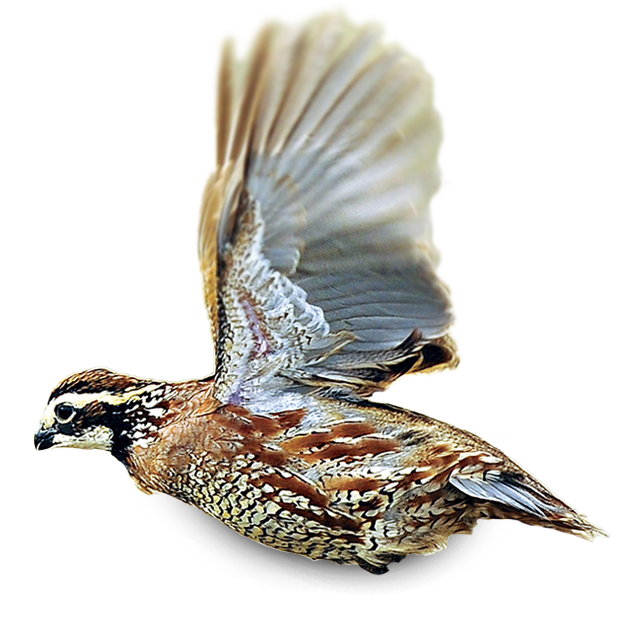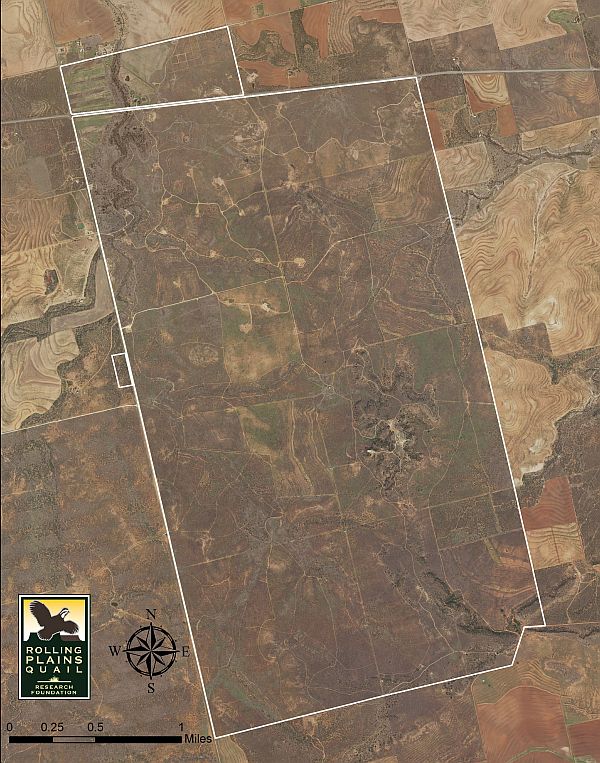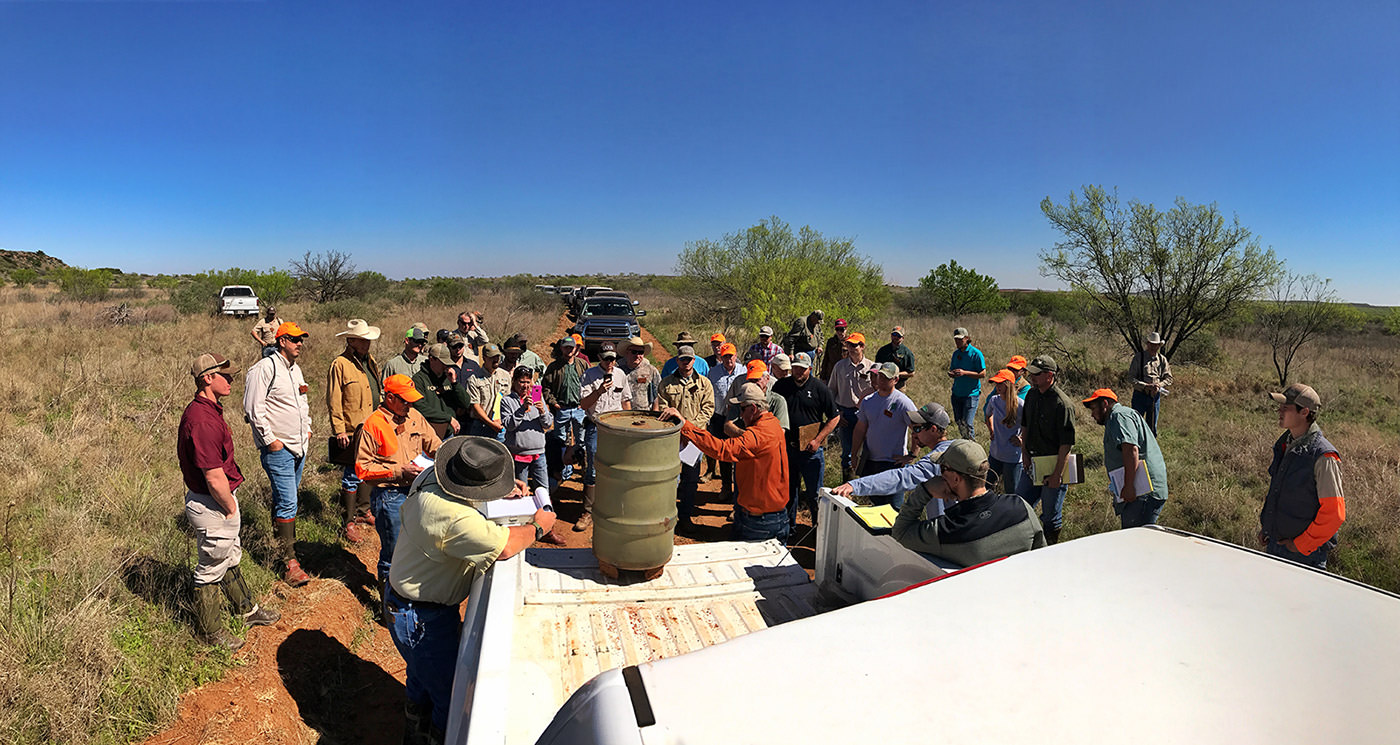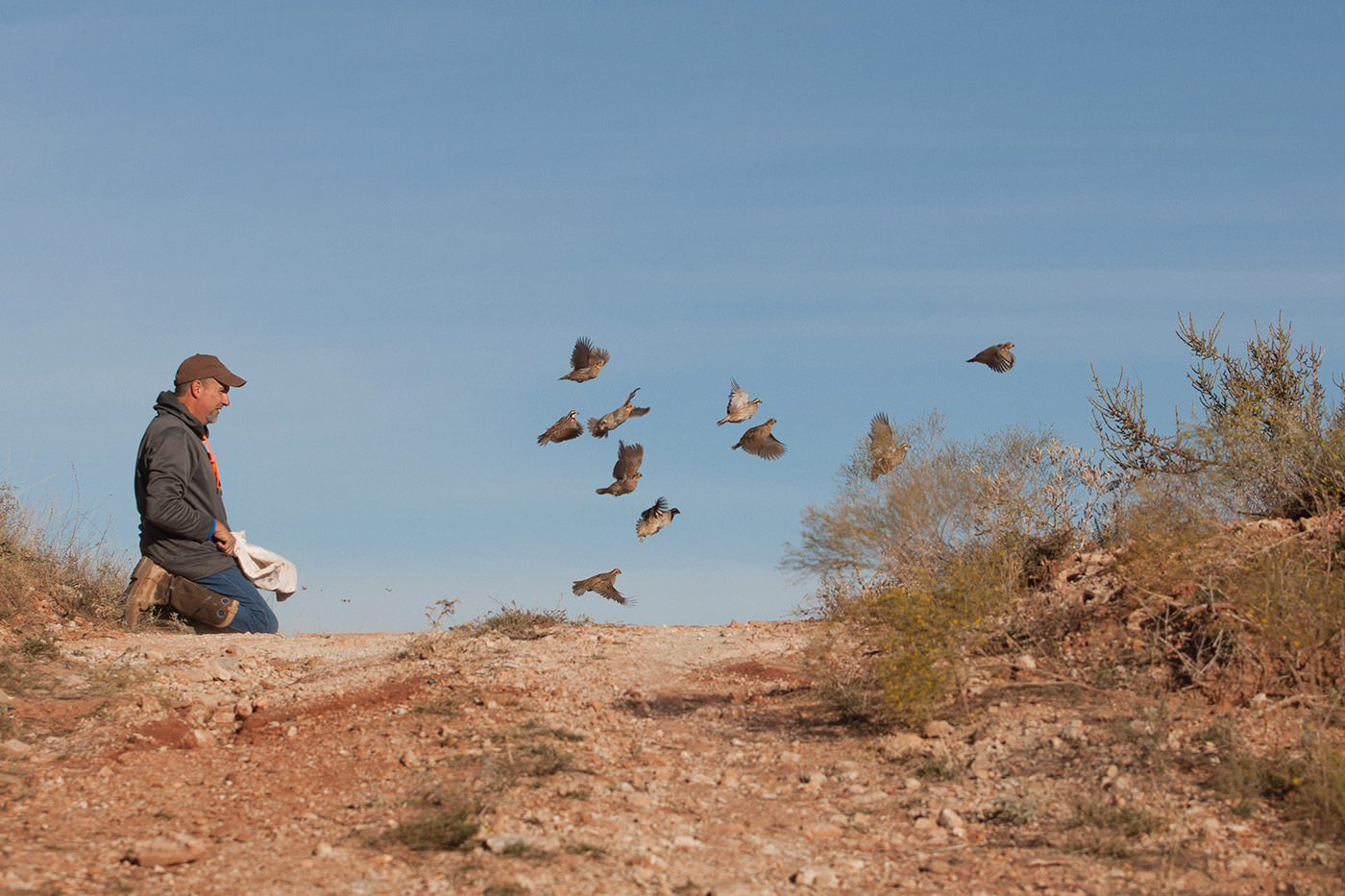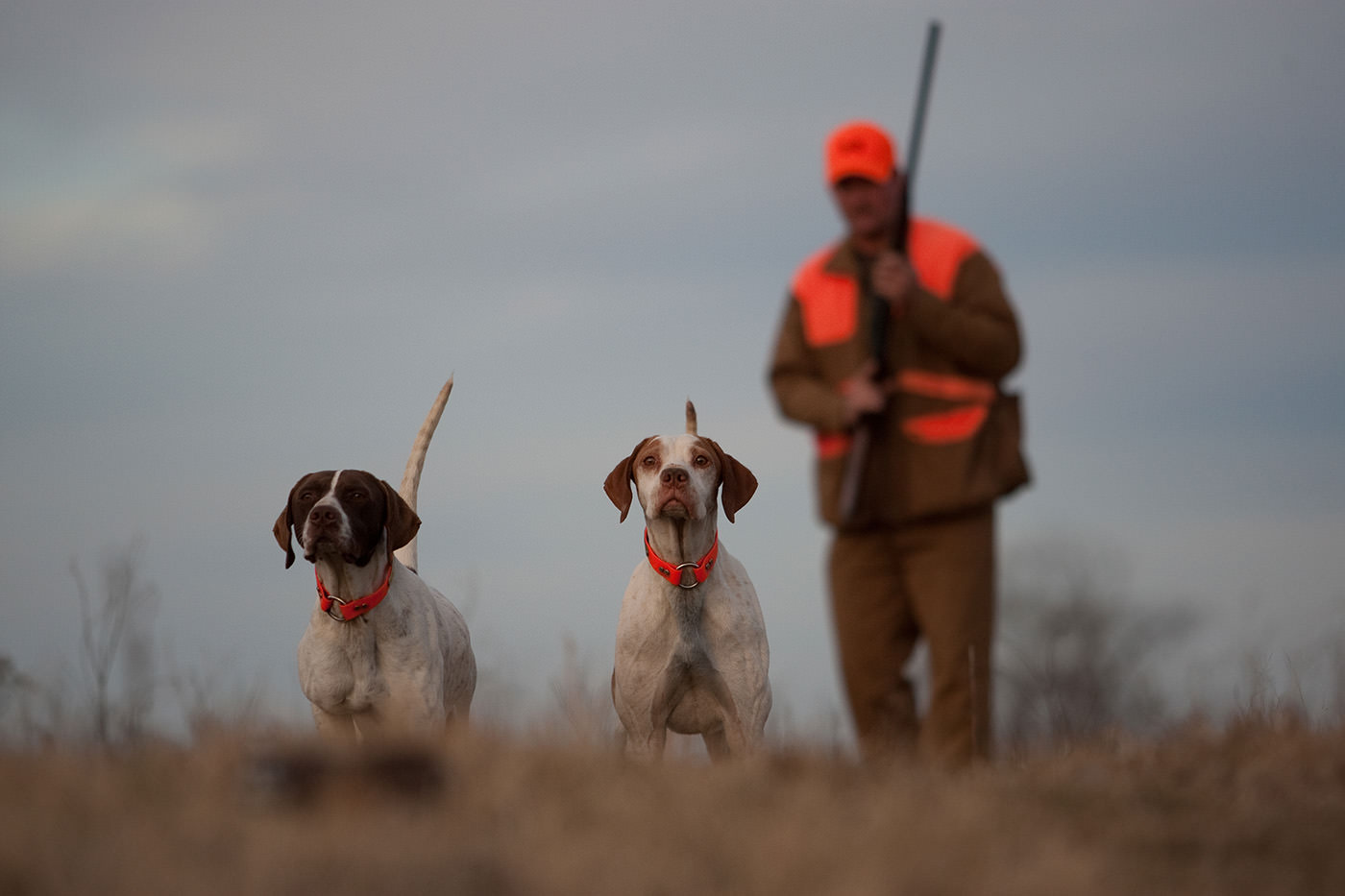by Dr. Dan Foley
Texas quail hunters have officially taken to the field, the 2025–2026 quail season kicked off on November 1st. Conditions across much of the state this past spring and summer were highly favorable for quail reproduction, resulting in strong nesting success and robust brood production. Reports from across the Rolling Plains, combined with telemetry data collected by the Rolling Plains Quail Research Ranch (RPQRR), confirm that nesting activity continued well into late summer — in some cases as late as August and September.
Because of that extended nesting window, hunters early in the season can expect to encounter a mix of both mature birds and those hatched later in the year. Newly hatched quail require roughly 150 days (about 21 weeks) to complete growth of their full set of primary wing feathers, meaning that some birds in your bag this November may still be finishing out their first molt.
Distinguishing Juveniles from Adults in the Field
Fortunately, determining whether a harvested bird is a juvenile (young-of-the-year) or an adult (from a previous hatch year) is straightforward. Simply inspect the primary wing coverts—the small feathers that cover the base of the primary flight feathers:
- Adults: Uniformly gray primary coverts
- Juveniles: Buff-colored tips on the primary coverts
If your bird shows those buff-tipped feathers, it’s a juvenile—and you can even estimate its approximate age in days.
Estimating a Juvenile’s Age
At around four weeks (28 days) old, quail chicks begin replacing their 10 primary flight feathers, starting with Primary #1, and typically replace one feather per week:
- Primary #1 replaced at week 4
- Primary #2 at week 5
- Primary #3 at week 6, and so on
This pattern continues until about week 10, when Primary #7 is fully replaced. For a quick field estimate, simply add three to the number of the feather being replaced (the one shorter than the next). For example, if the bird is replacing Primary #6, it’s about nine weeks old.
Growth slows down after that. The 8th primary feather is dropped at roughly 100 days of age and requires about 49 days to fully regrow. The 9th and 10th primaries won’t be molted and replaced until the following spring.

